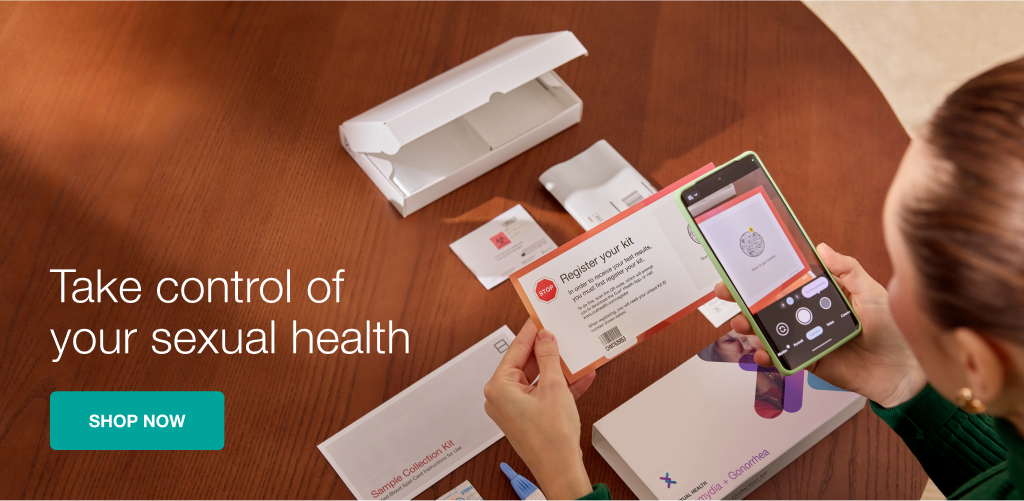In the United States alone, almost 1.6 million cases of chlamydia were reported in 2020 – making it the number most commonly reported STI. Unfortunately, despite statistics like these, many people remain unaware of the potential risk factors and the importance of early detection. Why? Because for many, chlamydia often comes with few, if any symptoms, to monitor – underscoring the need for regular testing in order to confirm your status and outline a treatment plan with your doctor.

What are the symptoms?
Although symptoms often don’t present themselves, chlamydia can result in medical complications, which is why early detection and treatment is so important. If symptoms occur, such as abnormal vaginal discharge or a burning sensation when peeing in women, or discharge from the penis, pain and swelling in one or both testicles in men, getting tested and treated as soon as possible is essential to one’s health, as chlamydia can lead to other serious health implications. Always speak with your doctor if you think you may have chlamydia or if you’ve been with a partner who has. Once you spot symptoms and get tested to confirm a positive diagnosis, your doctor will likely prescribe you with antibiotics, which take approximately seven days to treat effectively.
Are you at risk?
Anyone who is sexually active – outside those in monogamous relations with a partner who does not have chlamydia – is at risk of getting the disease. Young individuals, in particular, have a higher risk of getting chlamydia due to biological factors as well as behaviors.
Regular chlamydia screenings are recommended for those who are under 25 and sexually active, men who have sex with men, have HIV, plan to have sex with a new partner or have more than one partner, along with other scenarios.
Why get tested?
Not only is getting tested for chlamydia essential to your own health, but it also plays an important role in limiting the spread of this disease to others. Understanding your risk factors, getting tested and knowing your STD status are a few ways that you can best protect yourself from health complications associated with chlamydia. At Cue®, we know that many people delay seeking care for sexually transmitted diseases, such as chlamydia for a range of reasons, including associated stigma, lack of accessibility, convenience and more. With this in mind, we’re on a mission to provide easy access to STD testing in order to empower people to make personalized, proactive, and informed healthcare decisions. For more information on our efforts in this space, click here.
This information is presented in summary form, general in nature, and for informational purposes only. Content is not intended nor recommended to substitute for professional medical advice. For personal medical advice, always consult your doctor or other qualified healthcare professional. The tests offered are subject to change and subject to availability. Due to state restrictions, this Cue Product is not available for individuals located in the state of New York. Other state restrictions may apply for specific tests. Please refer to our support page for detailed product terms and conditions.
References:
- https://www.americashealthrankings.org/explore/measures/chlamydia
- https://www.plannedparenthood.org/learn/stds-hiv-safer-sex/chlamydia/chlamydia-symptoms
- https://www.cdc.gov/std/chlamydia/stdfact-chlamydia.htm
- https://www.cdc.gov/std/chlamydia/treatment.htm
- https://my.clevelandclinic.org/health/diagnostics/22352-chlamydia-test



